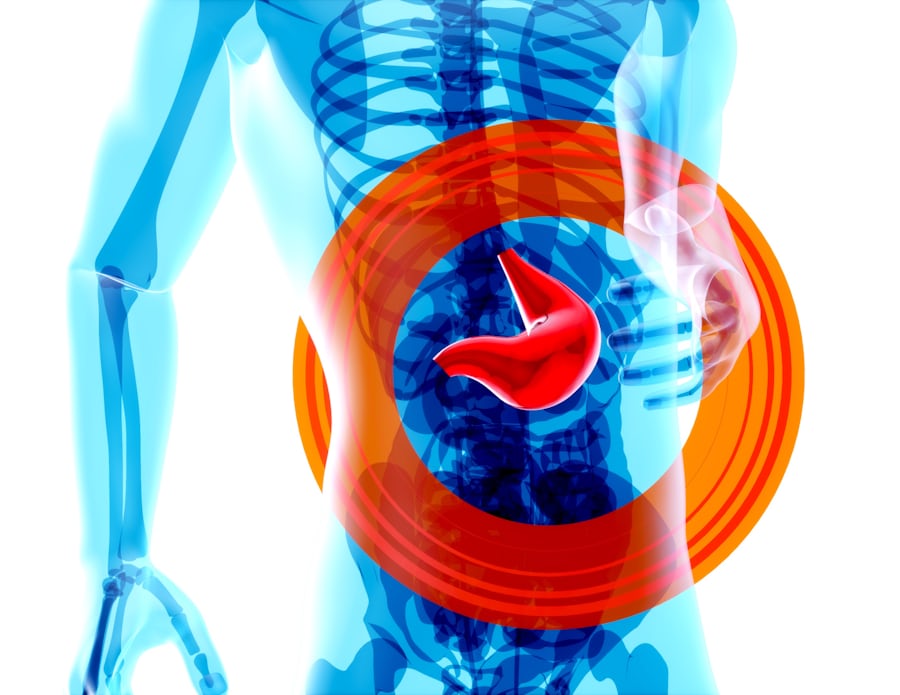A Minimally Invasive Approach to Kidney Stones: Understanding Retrograde Intrarenal Surgery (RIRS) with Laser and JJ Stent
Retrograde Intrarenal Surgery, commonly known as RIRS, is a minimally invasive procedure designed to remove kidney stones by accessing the kidney through the natural urinary passage. This advanced surgical technique utilizes a flexible ureteroscope, a thin, camera-equipped tube, to navigate the urinary tract, a laser to break down the stones, and often involves the temporary placement of a JJ stent to ensure proper healing and drainage.
The Procedure: A Journey Within the Kidney
Performed under general or spinal anesthesia, RIRS involves the insertion of the flexible ureteroscope into the urethra,through the bladder, and up the ureter into the kidney. The surgeon visualizes the kidney’s interior on a monitor, allowing for precise identification and targeting of the kidney stones.
Once the stones are located, a hair-thin laser fiber is passed through a working channel in the ureteroscope. The laser energy is then used to fragment the stones into tiny pieces, a process known as lithotripsy. These smaller fragments can then be actively retrieved using a small basket-like device or are left to be passed naturally in the urine. The entire procedure is performed without any external incisions, leading to a quicker recovery time and less postoperative pain compared to traditional open surgery.
The Power of the Laser: Precision Stone Destruction
The laser is a critical component of the RIRS procedure, offering a highly effective and controlled method for stone fragmentation. The two most common types of lasers used in RIRS are:
Holmium:YAG (Ho:YAG) Laser: For many years, the Ho:YAG laser has been the gold standard in RIRS. It delivers pulsed energy that is highly absorbed by water, making it very effective at breaking down stones of all compositions. Its versatility allows for both fragmentation (breaking stones into smaller pieces) and “dusting” (turning stones into a fine powder).
Thulium Fiber Laser (TFL): A newer advancement, the TFL is gaining popularity due to its efficiency. It operates at a different wavelength that is even more highly absorbed by water, resulting in finer stone dusting and potentially faster procedure times. The TFL also produces less stone retropulsion (the tendency for stones to move away from the laser fiber), which can improve the efficiency of the procedure.
The choice of laser often depends on the surgeon’s preference, the characteristics of the stone, and the available technology. Both laser types allow for precise stone destruction with minimal damage to the surrounding delicate kidney tissues.
The Role of the JJ Stent: Aiding in Healing and Drainage
Following the fragmentation of the kidney stones, the surgeon will often place a JJ stent, also known as a double-J stent.This is a thin, flexible plastic tube that is placed temporarily in the ureter, the tube that connects the kidney to the bladder.The “J” shape at both ends helps to keep the stent in place, with one end in the kidney and the other in the bladder.
The primary purposes of placing a JJ stent after RIRS are:
To Prevent Obstruction: The procedure itself can cause some swelling of the ureter. The stent ensures that the ureter remains open, allowing urine and any remaining stone fragments to drain freely from the kidney to the bladder, thus preventing a painful blockage.
To Facilitate Healing: The stent provides a scaffold for the ureter to heal around, particularly if there has been any minor irritation or trauma during the procedure.
To Aid in the Passage of Stone Fragments: The stent can help to passively dilate the ureter, making it easier for any residual stone dust or small fragments to pass out of the body.
The JJ stent is typically left in place for a few days to a few weeks, depending on the individual case. While the stent is essential for a smooth recovery, it can sometimes cause side effects such as bladder irritation, frequent urination, a sense of urgency, and mild discomfort or blood in the urine. These symptoms are usually temporary and resolve after the stent is removed in a simple outpatient procedure.
In conclusion, Retrograde Intrarenal Surgery with a laser and JJ stent represents a significant advancement in the treatment of kidney stones. By combining a minimally invasive approach with the precision of laser technology and the supportive role of a temporary stent, RIRS offers patients an effective and well-tolerated solution with a high success rate and a swift return to normal activities.


